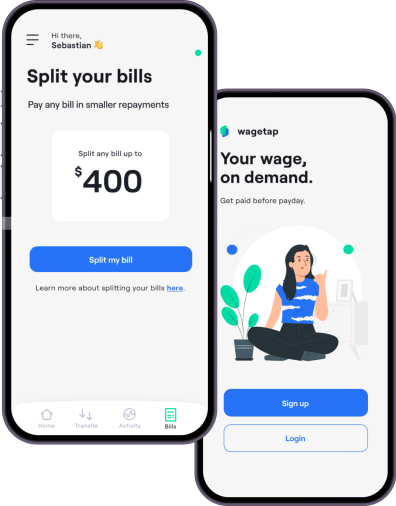5 Budgeting Lessons Hidden in Your Online Shopping Cart

Your online shopping cart holds more than purchases — it hides lessons about budgeting, self-control, and money habits. Learn five insights that can reshape how you manage your finances.
5 Lessons About Money You Can Learn From Your Digital Checkout
It's second nature to shop online. With a few clicks, products can travel from browsing to buy — often with scant thought in between. But underlying the mere act of adding something to an online cart are rich lessons about how we budget, prioritise, and spend money. Upon closer reflection, the shopping cart checkout experience can be a mirror to our financial conduct, offering lessons we might not otherwise learn.Here, we see five budgeting tips you can discover from your online shopping cart — tips that can assist you in crafting better, more intentional money habits in day-to-day life.1. The Power of Pausing Before You Buy

2. Subtotals Reveal More Than You Think

3. Shipping Costs as a Hidden Fee Analogy

4. Abandoned Carts and the Importance of Letting Go
It's estimated that a significant percentage of online shopping carts are abandoned without checking out. Although this infuriates retailers, it also holds an important message for people: sometimes the very best budgeting choice is not to spend at all.Dumping a cart is a sign that you no longer require all the things you originally wanted. It also speaks to the self-control of opting for long-term fiscal well-being versus short-term gratification. This lesson extends beyond consumerism — it's the same reasoning you use when you choose to put money aside for a larger objective rather than buying a smaller, near-term item.In life financially, self-restraint is as valuable as the power to earn or save. Your cart here becomes a means of exercising that self-denial and reasserting the virtue of saying no.5. Wishlist vs. Cart: Knowing the Difference
Most websites allow you to transfer items from your cart to a wishlist. It's a deceptively easy-to-use function, but it reflects a more profound budgeting tactic: the segmentation of current spending from future desires.Your cart is about what you can afford today; your wishlist is about what you may want to prioritise down the line. Having an awareness of this distinction helps reinforce a budgeting rule: separate immediate needs from long-term aspirations.This reflects overall financial planning. For example, keeping your short-term finances (e.g., meals, rent, transportation) separate from long-term goals (e.g., home purchase, investment, retirement planning). By conditioning yourself to deal with both realms — the cart for the present and the wishlist for the future — you see more clearly and have control over how you allocate funds.Ultimately, this division fosters money habits of purposeful spending and forward planning, ensuring that your money decisions are aligned with both today's realities and tomorrow's aspirations.How to Get Emergency Cash Without Derailing Your Budget

For additional help in improving your spending habits, you can always download Wagetap. It is a leading wage advance and bill split app that allows you to access your pay early. Emergencies can always happen and Wagetap can help you handle life's unexpected expenses.
Share this post
Download Wagetap today
Get your Pay On demand with Wagetap
Subscribe to our Newsletter

© 2025 Wagetap All rights reserved
Digital Services Australia V Pty Ltd


